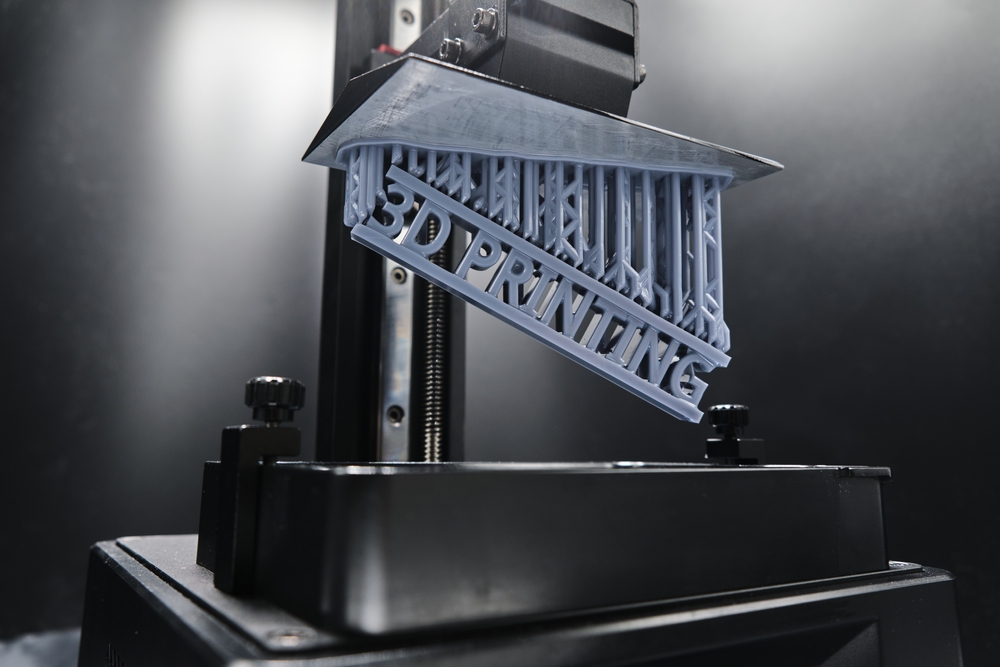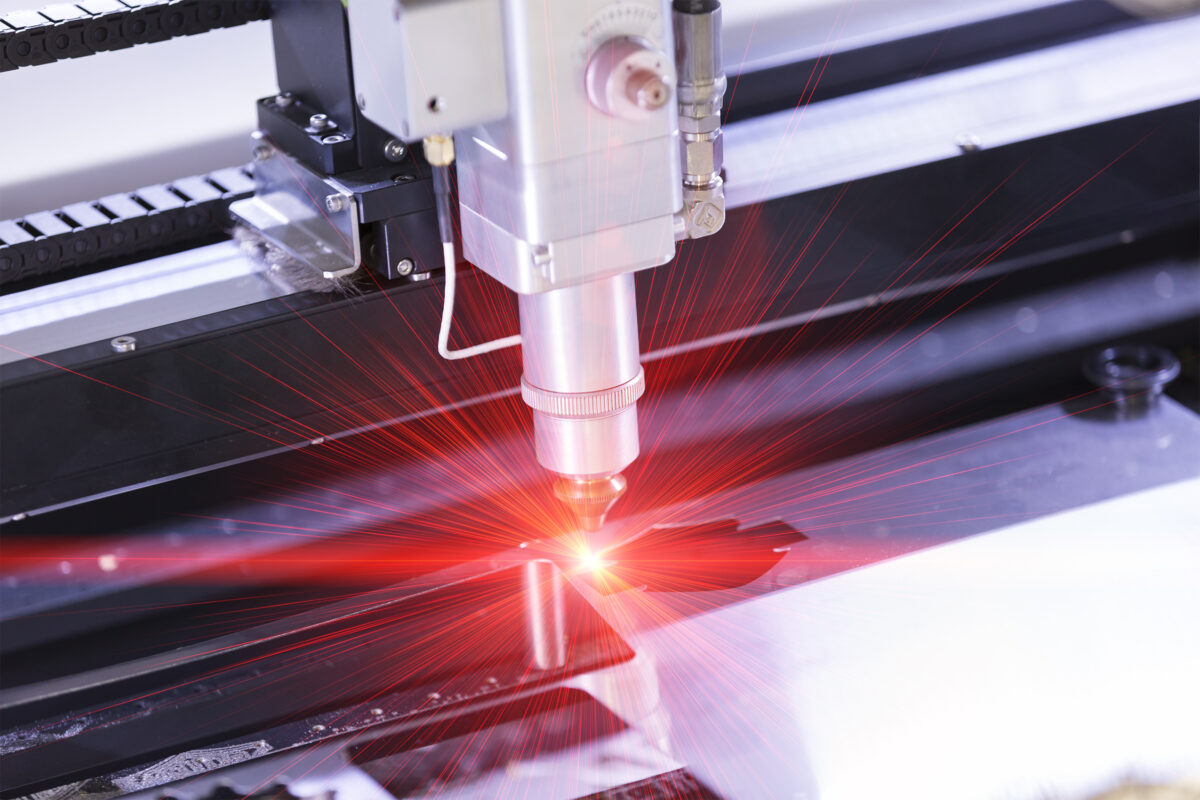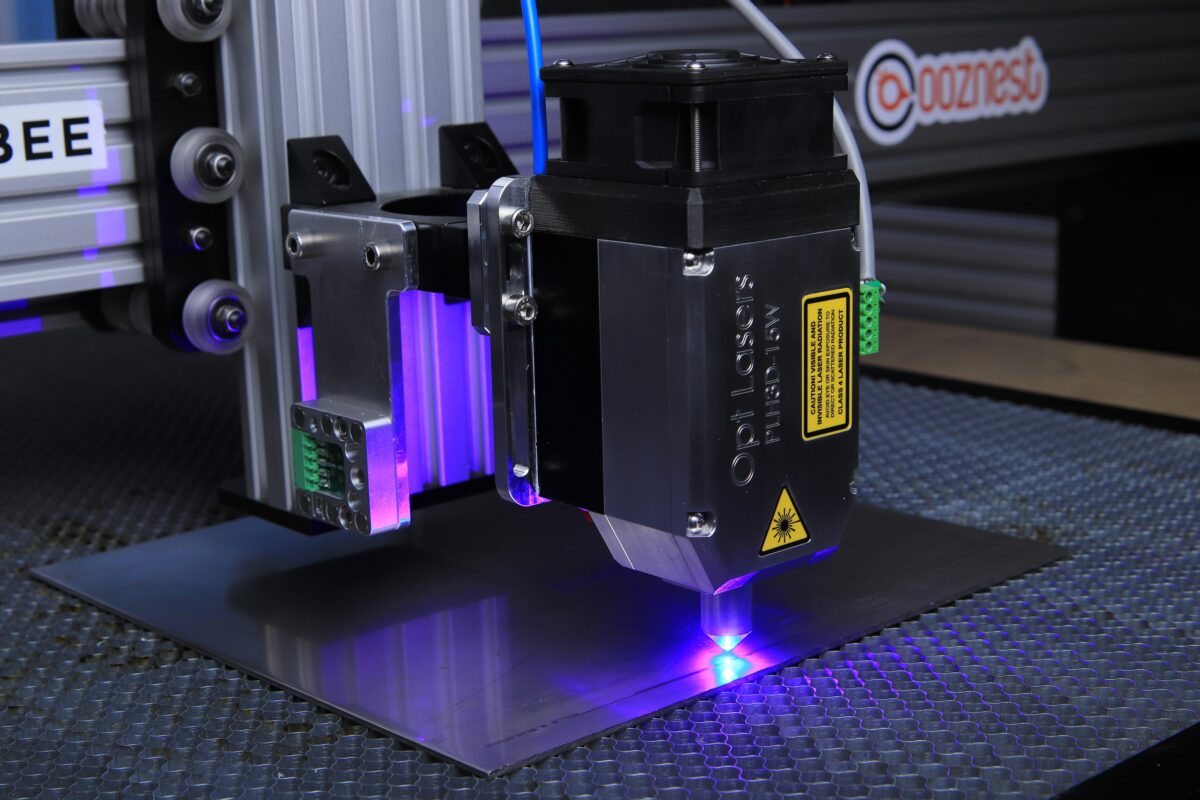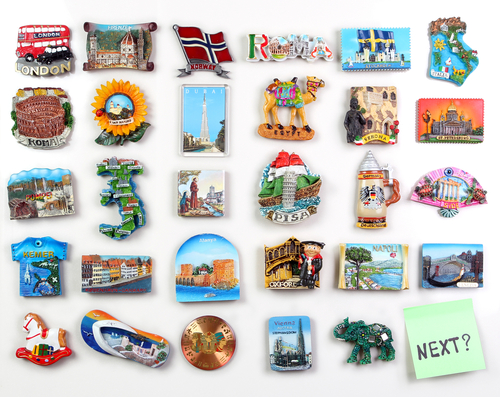3D Art Projects Ideas for Elementary Students
Students often begin learning about dimension in elementary school and, for some, this concept can be tricky. 3D art can be an excellent way to simplify the concept by giving students hands-on experience. They can visualize and feel the difference between a 2D item and a 3D item. The best part? They can create the piece themselves to help the lesson really sink in.
There’s an endless list of 3D art project possibilities, but not all are suited to elementary student skills. In this blog, we’ll cover a few engaging and educational 3D art projects for elementary students. Some use free items your students can find in their backyards, while others use paper or clay.
Paper Sculptures
Paper is the perfect base for all sorts of 3D projects, from paper mache animals to origami gardens. You won’t need much for these projects, and they’re perfect for elementary-age students.
Paper Mache Animals
Let your students exercise their creativity by creating paper mache animals. This is a fun, albeit messy, activity for elementary students. You’ll need:
- Newspaper
- Flour
- Water
- Paint
- Brushes
First, let your students create a basic shape using crumpled newspaper. It’s usually easiest, at this age, to stick to animals that don’t have long legs (they can be hard for the kiddos to create). Ladybugs, seals, fish, armadillos, and similar critters are usually the easiest to create.
Once they create their chosen shape, let them apply a paper mache paste (flour and water mixed thick enough to glob onto the newspaper). Let the creation dry, then let your students paint away!
This project is an excellent teaching opportunity for learning about shapes and textures (and exercising patience).
Origami Gardens
Origami gardens are another entertaining paper project that is easy enough for elementary students. Choose a simple origami project that you think your students can handle. There are complex shapes out there, but many of them are too much for kiddos this age.
You’ll need:
- Colored origami paper
- Glue
- Markers
Once you choose your origami project, guide your students through the steps. Show them how to fold various origami flowers and insects, guiding them through each fold to create the finished product. Then, collect the creations and assemble them into a garden scene.
This activity is wonderful for the kids’ fine motor skills and presents an excellent opportunity to learn about geometry.
Clay Creations
While it can be messy, clay is a fun medium to work with. Keep it simple with basic clay projects, like clay monsters and pinch pots.
Clay Monsters
This activity is a perfect Halloween project and is simple enough to complete in a few days (drying time included). You’ll need:
- Air-dry clay
- Paint
- Googly eyes
- Sculpting tools (plastic works best)
Portion out air-dry clay for your students. Give each student a chunk of clay and direct them to create a spooky monster. If they’re adding googly eyes, direct them to add the eyes before the clay dries. Ideally, you should have them sink the eye into the clay or cover it partially to give it better adhesion, but if the eyeballs try to fall out of the clay, you can always use glue.
Once they finish the creation process, set the monsters out to dry (as directed on the clay instructions). After the clay creations are dry, let your students paint them to finish the project.
This project is excellent for encouraging creativity and can improve hand-eye coordination.
Pinch Pots
Introduce your students to the world of pottery with a simple pinch pot project. You’ll need:
- Air-dry clay
- Paint
- Brushes
Show your students how to create pinch pots with clay. Walk them through each step of the technique, stopping to help students who are struggling. Once the shaping portion is complete, let the pots dry in a safe place where they won’t be knocked down.
After the clay completely dries, let your students paint the pots with a design of their choice. This project is a fun way to introduce basic pottery techniques and artistic expression.
Recycled Materials Art
Help your students channel their inner creativity by using “trash” to create art. Collect recycled materials and turn them into art, such as a bottle cap mosaic or a cardboard castle.
Bottle Cap Mosaics
Collect an assortment of colored bottle caps. This can be tricky to do on your own, so if possible, ask your students to bring bottle caps from the bottles they recycle at home. Once you have enough, you can create a fun mosaic. In addition to the bottle caps, you’ll need cardboard, glue, and paint (if you’d like).
Let your students arrange bottle caps into a mosaic pattern on cardboard. Have them glue each cap in place and paint each one (if you’d like). This project is a fun way to promote recycling awareness and pattern recognition.
Cardboard Castles
Help your students better understand spatial awareness and encourage architectural thinking with this cardboard castle project. For this project, you’ll need:
- Cardboard boxes
- Toilet paper rolls
- Glue
- Paint
- Markers
Help your students cut and assemble cardboard pieces into a castle structure. It’s easiest to use larger boxes as the base and build up from there. Once the castle is assembled, let your students exercise their creativity by adding toilet paper roll turrets and colorful murals with paint and markers.
Natural Materials
Sometimes, all you need to create art is what you can find in nature. Leaves, twigs, rocks, and other natural materials can be the perfect base for various artistic projects.
Leaf Animals
Let your students exercise their creativity and show off their observational skills and nature appreciation with leaf animals. Here’s what you’ll need:
- Leaves
- Twigs
- Glue
- Paper
- Markers
Help your students arrange and glue leaves and twigs onto sheets of paper to form animal shapes. They could create deer, bears, birds, mountain lions, and more. Add finishing touches and details with markers.
Rock Painting
Smooth rocks can be the perfect canvas for a painting project. Here’s what you’ll need:
- Smooth rocks
- Paint
- Brushes
- Markers
Clean each rock thoroughly and let it dry. Let your students paint the rocks with various designs or characters. Let the paint dry, then add finishing touches with markers.
This project is a phenomenal way to encourage creative expression and attention to detail. Depending on the size of the rocks, it can also be a great way to improve hand-eye coordination.
Interactive Projects
Your 3D art creations can be more than pretty items to look at—they can be interactive, too. Whether you create popsicle stick puppets or mobile art, there are plenty of ways to add an interactive element to art.
Popsicle Stick Puppets
These puppets are a fun way to stimulate imaginative play and storytelling skills. You’ll need:
- Popsicle sticks
- Felt
- Glue
- Markers
- Googly eyes
Help your students cut shapes out of felt and attach them to popsicle sticks. Attach googly eyes and decorate with more felt and markers.
Mobile Art
Balance and kinetic art concepts can be tough for students to grasp. This mobile art project can help simplify the concept and give a hands-on learning experience. Here’s what you’ll need:
- Wire
- String
- Paper
- Markers
- Scissors
- Glue
Guide your students to cut out shapes from paper. Attach those shapes to wire with string to make the paper cut-outs mobile. Teach your students about how placement and string/wire length can affect balance and kinetics.
Keep Learning Interesting With 3D Art Projects
3D art projects in the elementary curriculum can be incredibly interesting for students. These projects exercise all sorts of skills, from the child’s creative skills to their understanding of kinetics. They’re a fun way to teach not-so-interesting lessons and keep your students engaged throughout the entire thing.
These are just a few fun ideas that parents and teachers alike can try with their students or children. But if you want to take your 3D art project game to the next level, help your students create intriguing elements for each project with a vinyl cutter or print multi-dimensional designs with a 3D printer. Whether you enlist the help of fancier machines or stick with the basics, 3D projects can be an entertaining way to teach your students or children different concepts.







